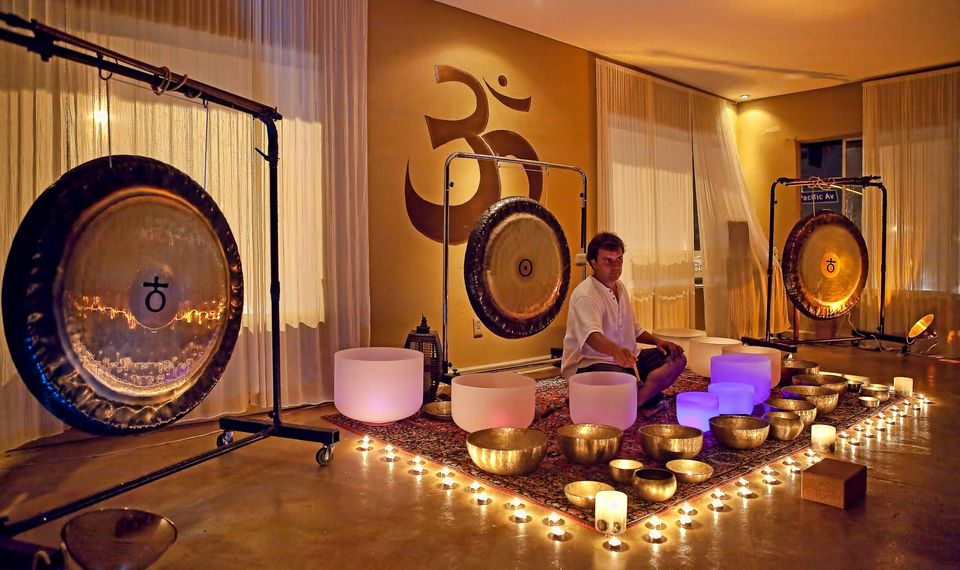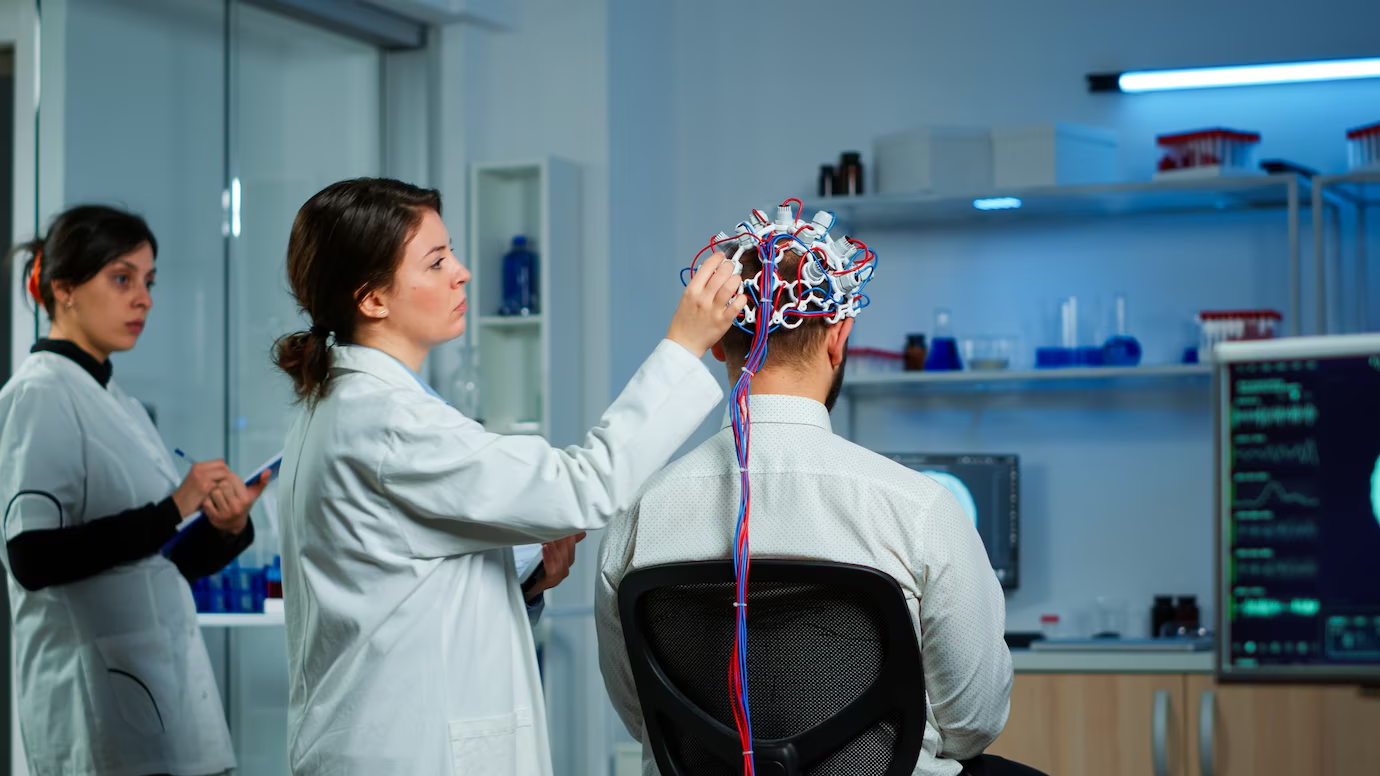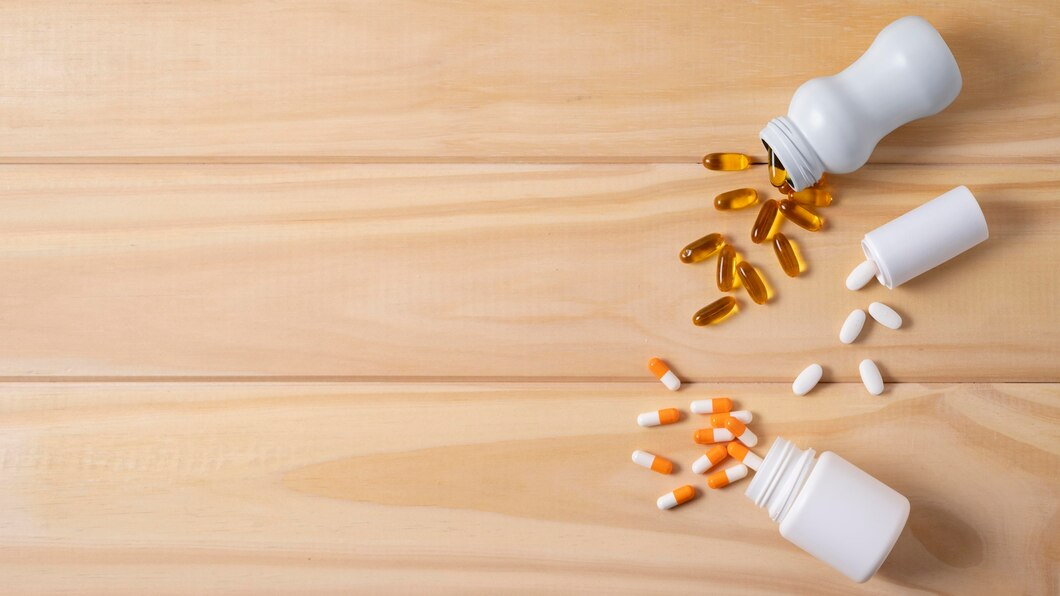Discover Your Perfect Healer Today!
Our online practitioner directory connects you with a wide range of healers to suit your unique needs.
Easily search and find the right professional to support your wellness journey.
Start exploring today to find your perfect match.
Modality
Disease
Books
Products
Events
Training
Blogs
Homeopathy
Discovering the Healing Benefits of Homeopathy: An In-Depth Guide
Homeopathy is a system of medicine that uses natural methods and treats people as a whole, rather than focusing solely on their symptoms. Using substances ...
Read More → Written by
James Williams
Sound Healing
Sound Healing Risks: Side Effects and Precautions Explained
Sound healing is one of the effective modalities in holistic health care and natural healing therapy, which promotes deeper states of relaxation, emotional release, and ...
Read More → Written by
Michael Johnson
Acupuncture
Unlocking Acupuncture’s Healing Power: What to Expect
Acupuncture, a traditional Chinese medicine practice that has been around for the longest time ever, is now a widely recognized therapy for its health benefits. ...
Read More → Written by
David Brown
Neurofeedback-Biofeedback
Key Principles and Techniques of Neurofeedback & Biofeedback
Neurofeedback and biofeedback treatments are a class of therapies that aim at achieving voluntary control of some bodily functions without employing invasive techniques. The distinction ...
Read More → Written by
James Williams
Aesthetician
Aesthetician Treatment Risks and Precautions Explained
Even when they beautify your face and improve its health, aesthetician treatments still have some risks. You must know the dangers that come with it ...
Read More → Written by
James Williams
Integrative Medicine
Challenges and Controversies: Addressing Critics of Integrative Medicine
Integrative medicine is an approach that spans beyond traditional medicine. While seeking further opinions, there are some definitions of integrative medicine as per the reviews. ...
Read More → Written by
David Brown






